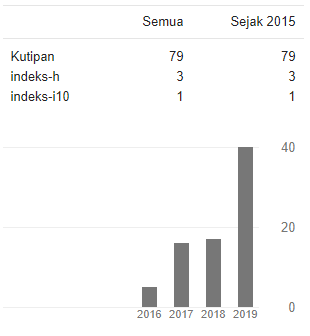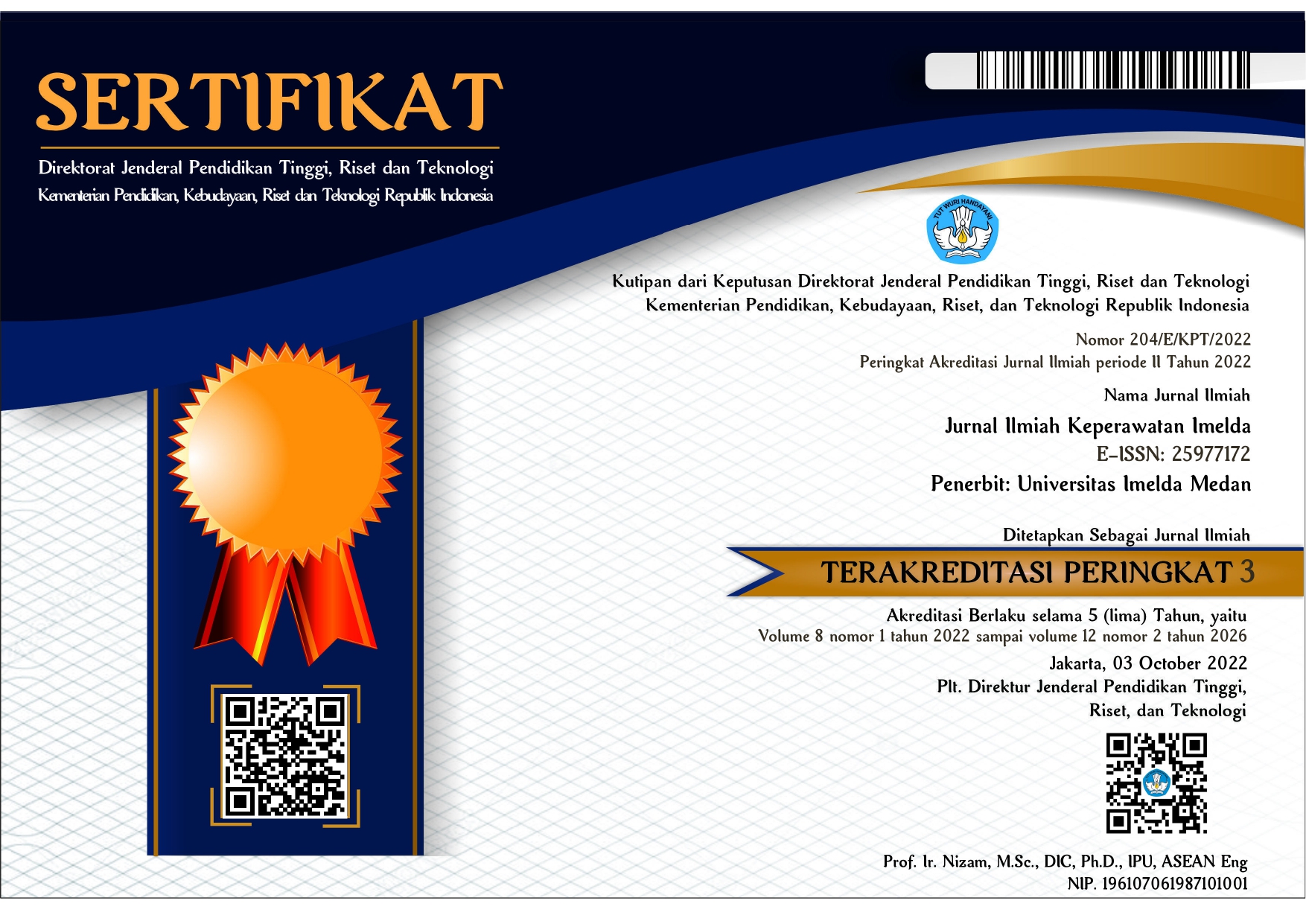PENERAPAN TERAPI AKUPRESUR TITIK PERIKARDIUM 6 UNTUK MENGATASI NAUSEA PADA PASIEN DENGAN GASTROPATI DIABETES MELITUS TIPE I: STUDI KASUS
DOI:
https://doi.org/10.52943/jikeperawatan.v11i2.1893Keywords:
Type 1 DM, Diabetic Gastropathy, Acupressure Therapy, The 6-Pericardial PointAbstract
Diabetic gastropathy may develop as a complication of Type 1 Diabetes Melitus, where the stomach experiences delayed emptying, called gastroparesis. Nausea, vomiting, abdominal pain, heartburn, and early satiety after meals characterize this condition.Previous research provided an overview of the decrease in nausea in the third and seventh weeks after acupressure therapy at pericardium point 6, but the researcher wanted to describe the change in nausea score every time acupressure therapy was given at pericardium point 6.This study used a single case study method with one subject experiencing diabetic gastropathy. The main nursing intervention was to lower nausea of the patient by using the 6-pericardial acupressure point therapy for five minutes twice a day. The aim of this study was to analyze the decrease in nausea score every time acupressure therapy was given through measuring the Gastroparesis Cardinal Symptom Index (GCSI) score. After three days of treatment, the patient’s nausea value decrease from 5 (very severe) to 0 (none) followed with the decreasing of the GCSI score from 35 (severe gastroparesis) to 0 (no gastroparesis). The 6-pericardial acupressure point therapy activated the flow of body’s bioenergy or Qi to restore the body’s homeostasis for the medulla oblongata in controlling nausea and vomiting.
Downloads
Downloads
Published
How to Cite
Issue
Section
License
Copyright (c) 2025 Jurnal Ilmiah Keperawatan IMELDA

This work is licensed under a Creative Commons Attribution-NonCommercial 4.0 International License.








